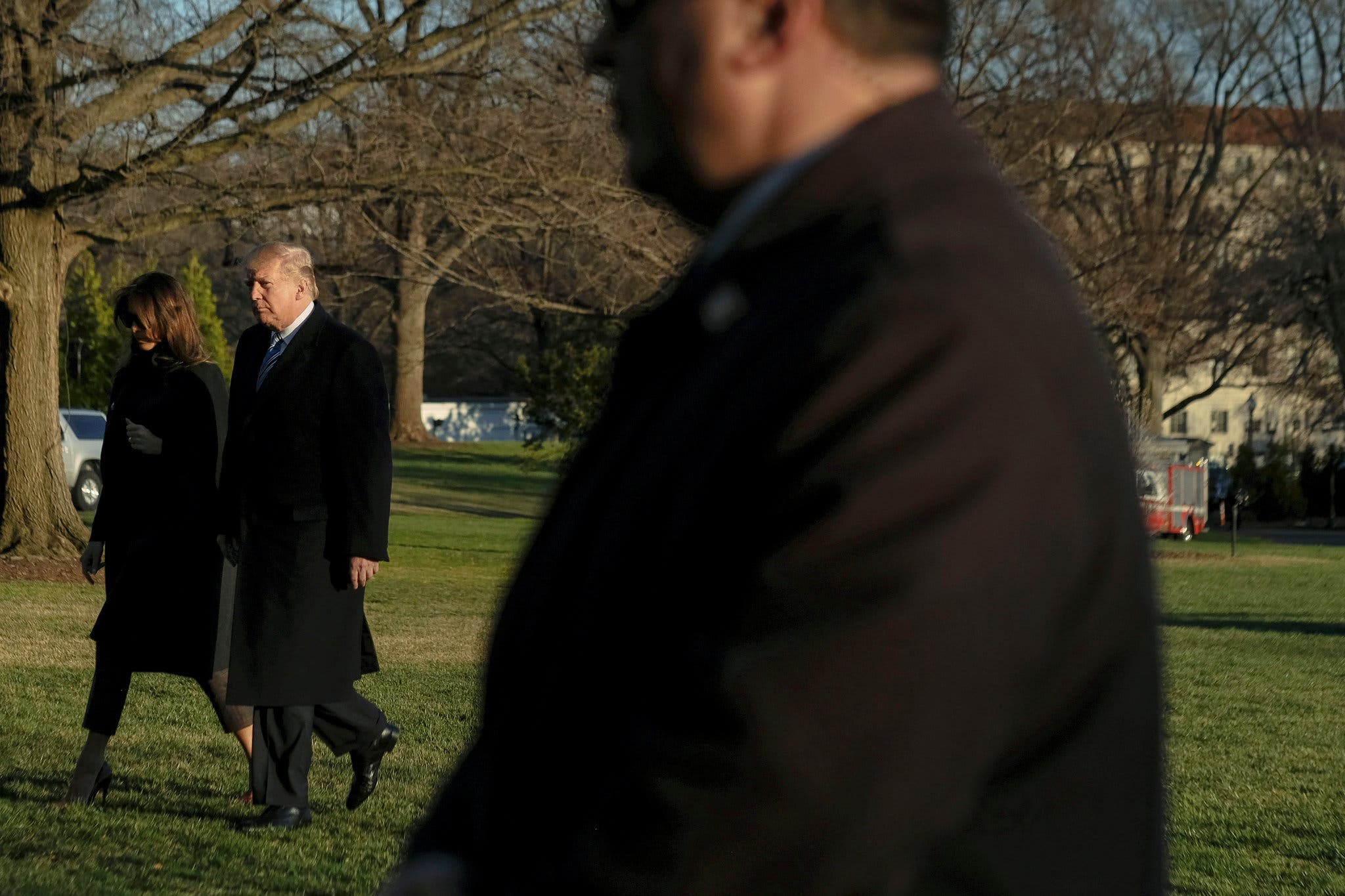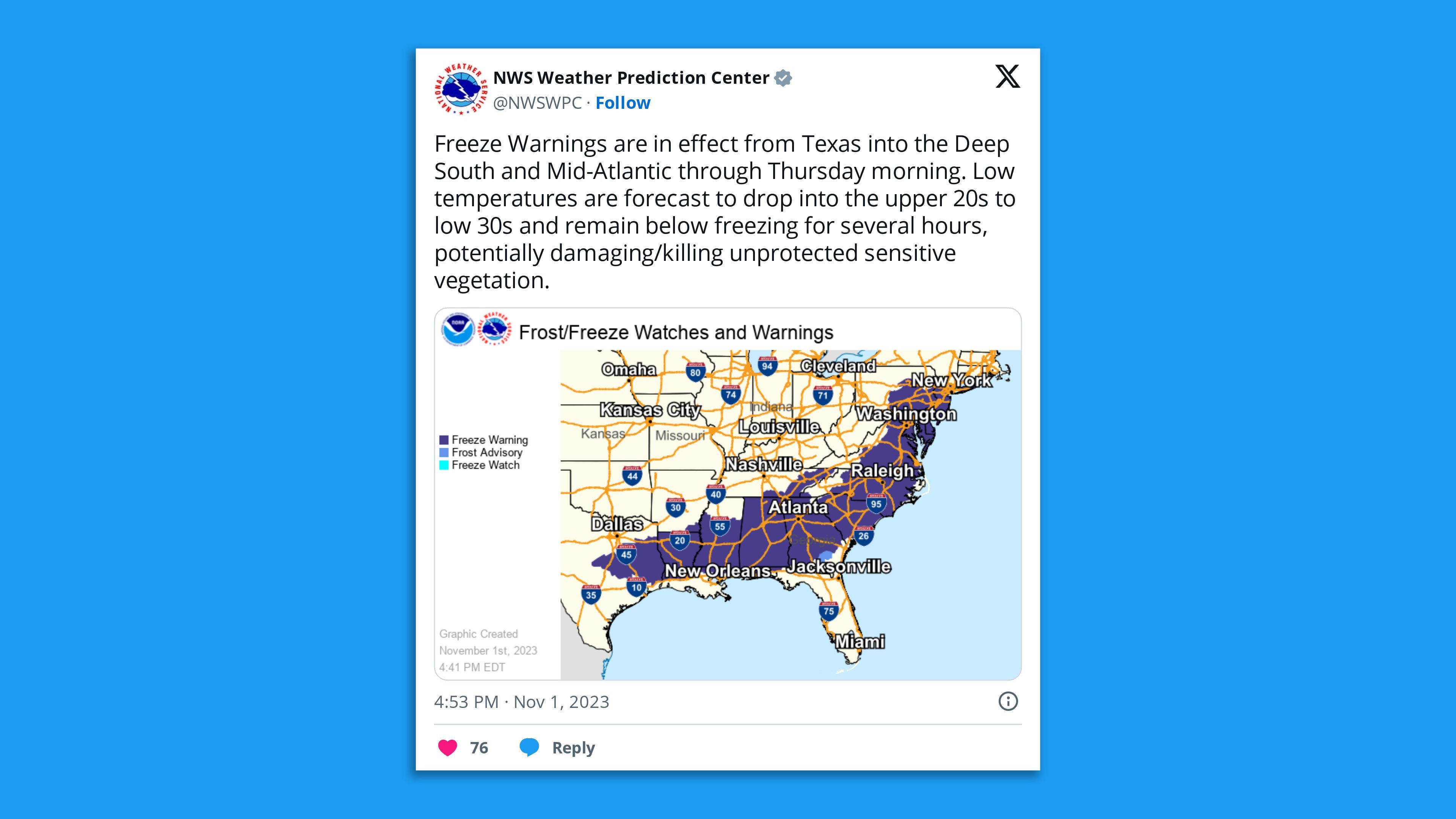The Legal Fight Over Trump's Tariffs

Table of Contents
Section 1: The Legal Basis of Trump's Tariffs and Section 301
The Trump administration largely justified its tariffs using Section 301 of the Trade Act of 1974. This section grants the President broad authority to take action against foreign countries that engage in unfair trade practices.
Section 301 of the Trade Act of 1974:
- Act's Provisions: Section 301 allows the President to investigate and impose tariffs or other trade restrictions on goods from countries found to be engaging in unfair trade practices, such as intellectual property theft or discriminatory trade policies.
- Intended Purpose: The Act was intended to provide a mechanism to address unfair trade practices that harm US industries, ensuring a level playing field for American businesses.
- Limitations and Trump Administration Interpretation: While the Act grants significant power, it's subject to certain limitations, particularly concerning the definition of "unfair trade practices." The Trump administration's interpretation was often expansive, leading to numerous legal challenges. Critics argued that the administration overstepped its authority in defining what constituted an "unfair" practice.
Challenges to Section 301 Authority:
Numerous legal arguments were raised against the administration's use of Section 301, including:
- Exceeding Presidential Authority: Legal challenges questioned whether the President had the authority to impose tariffs unilaterally, without explicit Congressional authorization. Arguments centered on the separation of powers and the need for greater transparency and accountability.
- Violation of WTO Rules: Many argued that the tariffs violated the rules of the World Trade Organization (WTO), leading to several WTO dispute settlement cases. This involved accusations of protectionism and disregard for established international trade norms.
- Due Process Concerns: Businesses and industries affected by the tariffs raised due process concerns, arguing they lacked sufficient opportunity to challenge the administration's decisions before tariffs were implemented.
These challenges played out in various court cases, shaping the legal landscape of trade policy and highlighting the tension between executive power and international trade obligations.
Section 2: Impact on Specific Industries and the Legal Responses
The impact of Trump's tariffs varied considerably across different industries. Legal challenges reflected this sectoral differentiation, highlighting the complexities of broad-based trade policy interventions.
The Steel and Aluminum Tariffs:
These tariffs, initially justified on national security grounds, drew significant criticism and legal action.
- Impact on Specific Industries: The steel and aluminum tariffs affected industries reliant on these inputs, including automotive manufacturing, construction, and various consumer goods sectors. Increased prices for steel and aluminum led to higher production costs and reduced competitiveness.
- Lawsuits and Arguments: Numerous businesses filed lawsuits, arguing the tariffs were economically damaging and not adequately justified by national security concerns. They presented data on the actual impact on domestic production and employment.
- Court Rulings: While some lawsuits were successful in specific areas, the overall impact of the legal challenges on the steel and aluminum tariffs was limited.
Tariffs on Chinese Goods:
The trade war with China involved significant tariff increases on a wide range of Chinese goods.
- Disputes with China and the WTO: The escalating tariff battle with China led to several WTO dispute settlement proceedings, testing the limits of international trade rules and exposing tensions between the two economic superpowers.
- Specific Examples and Outcomes: Tariffs on specific goods, such as solar panels and telecommunications equipment, faced legal challenges based on WTO rules, including claims of anti-dumping and countervailing duty actions being unfairly applied. Outcomes varied depending on the specific dispute and legal arguments involved. Some tariffs were upheld, while others were challenged successfully.
- Impact on Bilateral Trade Relations: The imposition of these tariffs significantly strained US-China trade relations, leading to retaliatory tariffs and protracted disputes. This impacted bilateral trade flows significantly, disrupting global supply chains and investment decisions.
Section 3: The Economic and Political Consequences of the Legal Battles
The legal battles surrounding Trump's tariffs had significant economic and political consequences both domestically and internationally.
Economic Impacts:
- Inflation and Consumer Costs: The tariffs contributed to inflationary pressures, as increased import prices impacted consumer goods costs. This fueled debates about the overall economic efficiency of protectionist trade policies.
- Job Creation/Destruction: The impact on job creation and destruction was contested, with proponents arguing that tariffs protected domestic jobs, while opponents demonstrated negative effects on industries reliant on imports. Data supporting both sides of the argument existed, highlighting the complexity of assessing the actual impact.
- Trade Deficit and Economic Growth: The overall effects on the trade deficit and economic growth were also debated. Studies presented varying conclusions depending on methodological approaches and assumptions. The supply chain disruptions caused by the tariffs added further economic complexity.
Political Ramifications:
- Impact on Domestic and International Relations: Trump's tariff policies strained relationships with key trading partners, triggering retaliatory measures and undermining multilateral trade institutions. The US's international standing was negatively affected, especially within the framework of the WTO.
- Political Motivations: The motivations behind the tariff policies were complex, involving elements of protectionism, national security concerns, and a desire to renegotiate trade deals. Understanding these varied motivations is crucial to fully analyze the political context and its repercussions.
- Lobbying and Political Pressure: Significant lobbying efforts by affected industries influenced the policy decisions related to tariffs, demonstrating the political economy aspect of trade policy. This highlights the interconnectedness of legislative processes, political pressures, and economic impacts.
Conclusion
The legal challenges to Trump's tariffs represent a significant episode in recent US trade policy history. These battles highlighted the complexities of balancing domestic interests with international trade obligations, the limitations of presidential authority, and the significant economic and political consequences of protectionist trade measures. The resulting legal precedents continue to influence ongoing trade disputes and provide valuable lessons about the challenges of managing trade relations in a globalized world. Further investigation into the specific court cases and analyses of the economic data is essential for a complete understanding of the far-reaching effects of "Trump's Tariffs," "Trump administration tariffs," and the ongoing legal challenges to tariff policies. Reviewing relevant court documents and expert analyses will provide valuable insight into the intricacies of international trade law and its impact on domestic and international economies.

Featured Posts
-
 Tulsa Facing Record Low Temperatures Delayed Snowmelt
May 03, 2025
Tulsa Facing Record Low Temperatures Delayed Snowmelt
May 03, 2025 -
 Energy Policy Reform Guido Fawkes Analyses The New Direction
May 03, 2025
Energy Policy Reform Guido Fawkes Analyses The New Direction
May 03, 2025 -
 Rolls Royce Maintains 2025 Outlook Despite Tariff Challenges
May 03, 2025
Rolls Royce Maintains 2025 Outlook Despite Tariff Challenges
May 03, 2025 -
 Rupert Lowe And Reform Uk Bullying Allegations Lead To Police Report
May 03, 2025
Rupert Lowe And Reform Uk Bullying Allegations Lead To Police Report
May 03, 2025 -
 Fortnite Server Status Is Fortnite Down Update 34 20 And Downtime
May 03, 2025
Fortnite Server Status Is Fortnite Down Update 34 20 And Downtime
May 03, 2025
